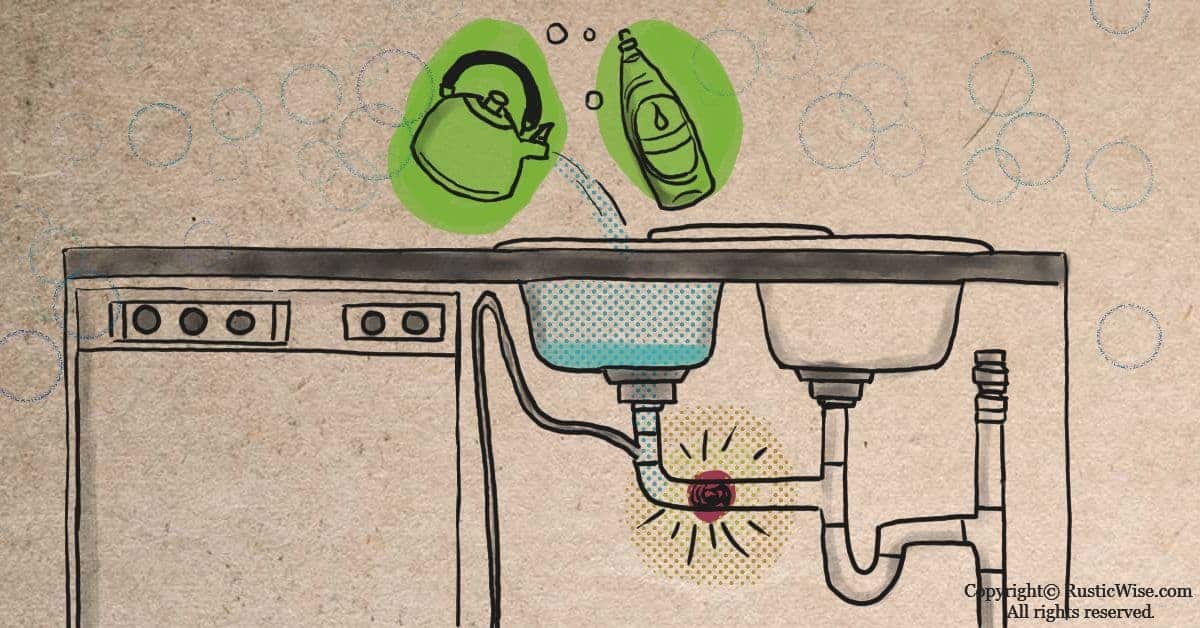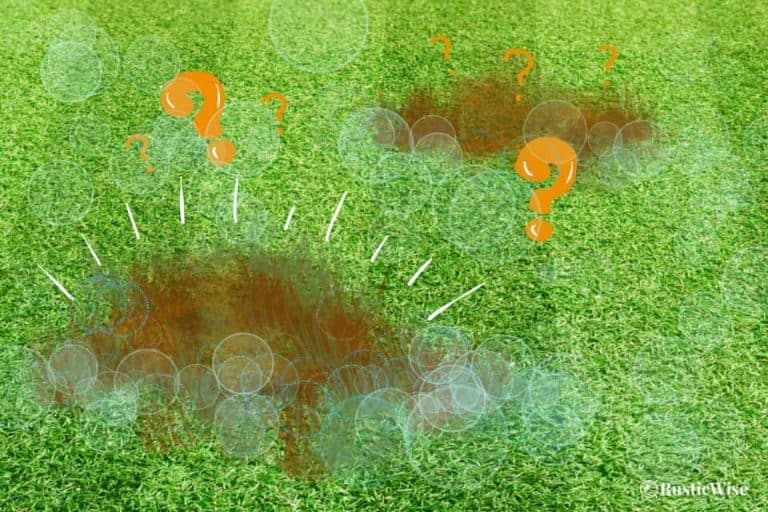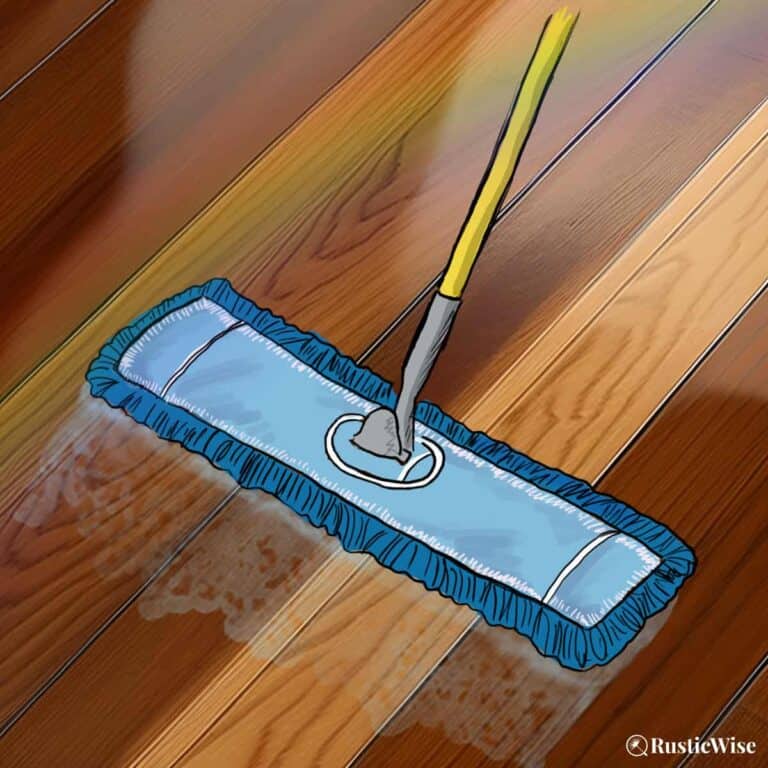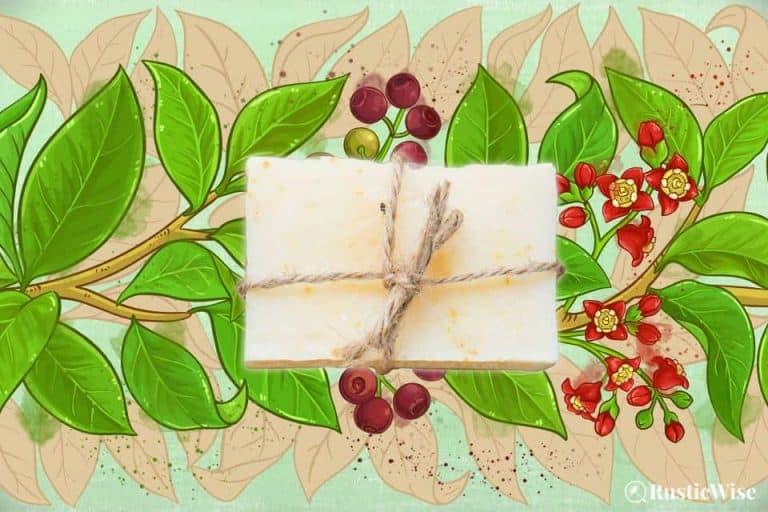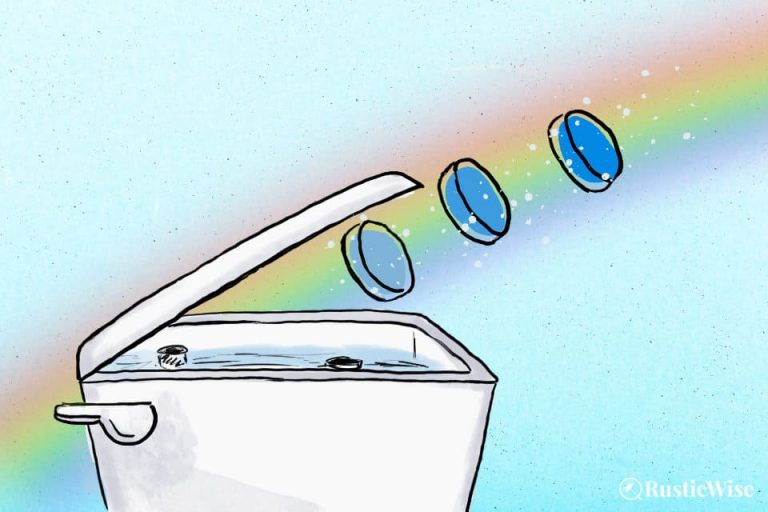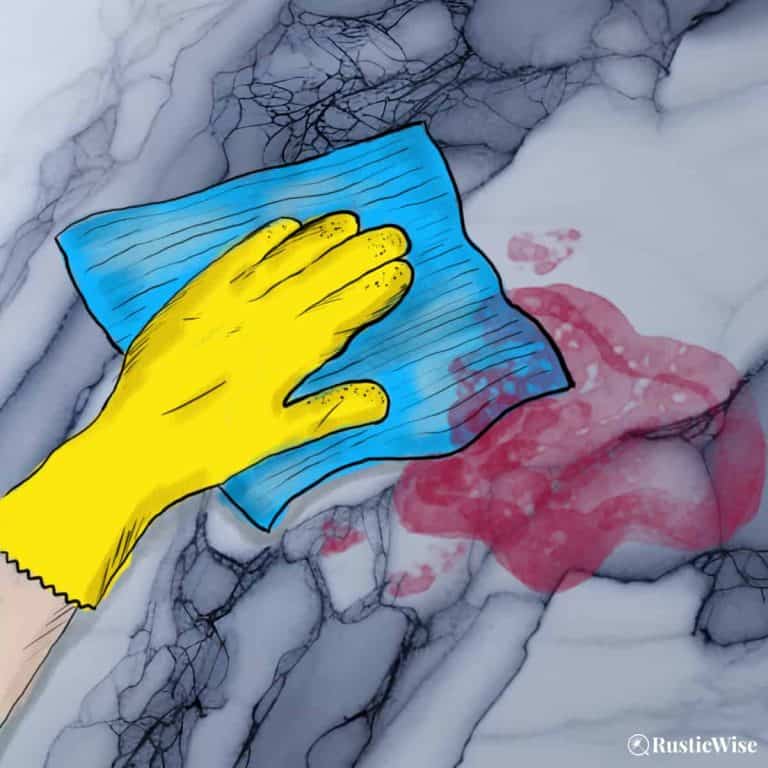All Natural Drain Cleaners: How to Unclog Drains Without Chemicals
Do you need to unclog your drain pronto? If the thought of dumping a chemical cleaner down your kitchen sink makes you cringe, read on. We’ll cover how to unclog drains using all natural drain cleaners made of common household items, drain cleaning tools, plus all the things that should never be dumped in a kitchen sink. We’ll also examine what’s so wrong with those chemical cleaners. So if you’re looking for an all-natural way to clean your pipes and keep them running smoothly, then this post is for you!
Drains are the bane of every homeowner, and clogged drains can be a special kind of nightmare. The problem is that many people don’t know how to unclog a drain without resorting to chemical cleaners. And those aren’t always safe for your health, your household pipes, or the environment.
Luckily, there are plenty of natural ways to clean your kitchen sink drain and keep it running smoothly. These all natural drain cleaners will work just as well as their chemical counterparts—but they won’t damage your pipes or cause nasty fumes in your home! Let’s take a look at these simple solutions…
Why you should avoid chemical drain cleaners
Most commercial drain cleaners are essentially chemical cocktails. Most contain sodium hydroxide (commonly known as lye) and sulfuric acid. These chemicals are corrosive to skin, can cause damage to eyes, are poisonous when ingested, and release dangerous fumes when inhaled.
Chemical-based cleaners can negatively affect indoor air quality.
The mix of chemicals present in commercial drain cleaners may also cause damage to your plumbing system. Many chemical-based cleaners generate heat which may cause damage to both PVC and metal pipes. This damage can weaken pipes over time and lead to the development of cracks or leaks.
And of course the residual chemicals washed down the sink and into waterways causes damage to marine life and local ecosystems. A common ingredient found in many cleaners, alkylphenol ethoxylates, has proven to be an “endocrine disrupter” harming the reproductive systems of wildlife found in polluted waters.¹
Tip: If you want to try a store-bought drain cleaner, look for the U.S. EPA Safer Choice label on products. These household products contain ingredients that are safer for your health and the environment.
Things you should never dump down the kitchen sink
It’s easy to clog a kitchen sink or garburator with food scraps. Here are a few things you should avoid rinsing down the sink:
- Fat, oil, or grease
- Coffee grounds
- Large chunks of food
- Eggshells
- Produce stickers
- Flour
- Rice or pasta
- Bones
Tip: Keep a spatula and small waste container beside your sink as a reminder to scrape your plate clean before rinsing. Not only will this help avoid clogs, it’ll also result in less mess to clean up later.
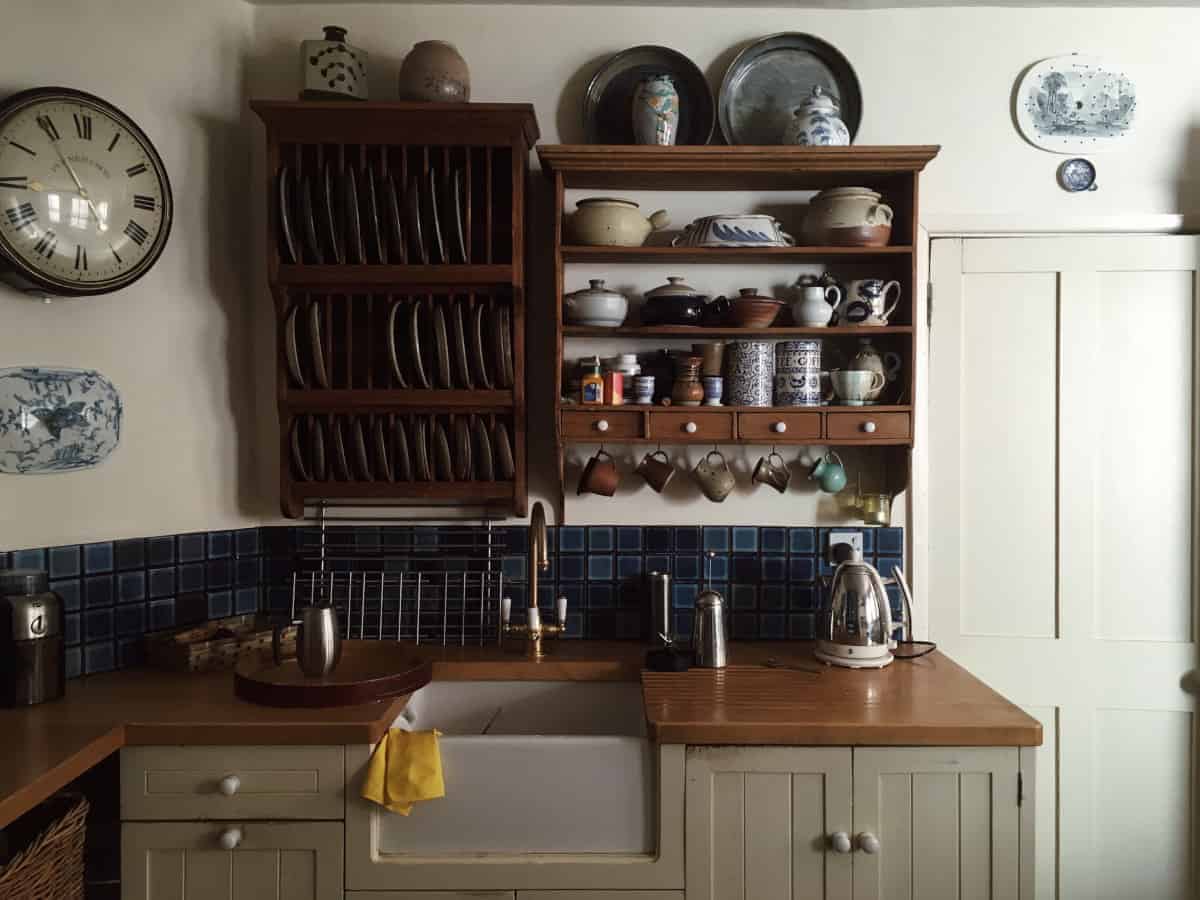
Is it safe to pour boiling water down drains?
The answer depends on how severe your clog is. Many DIY tutorials call for boiling water to be poured down drains. While hot water is useful to loosen and wash away debris, there’s a risk that boiling water may get trapped in your pipes if there’s a serious clog.
When boiling water is trapped, it may cause damage to PVC pipes and pipe seals. Boiling water may not harm your sink in some instances, but to play it safe, use hot, not boiling water.²
Tip: To prevent any serious damage to pipes, use hot, rather than boiling water. You can heat up water in a large pot (or kettle) to almost boiling and allow it to cool slightly before using.
Drain cleaning tool or clog remover
Not a plunger and not a snake, this drain cleaning tool is a long piece of toothed plastic about 20 inches (51 centimeters) long. It goes by many names including a clog remover, drain opener, or auger wand. It’s flexible and designed to clear out any debris stuck between your drain and the trap.
We have one of these, and it works like a charm. We use it in our bathroom sink and shower which is often clogged with hair.
You can pick one of these up at most hardware stores for less than $5.
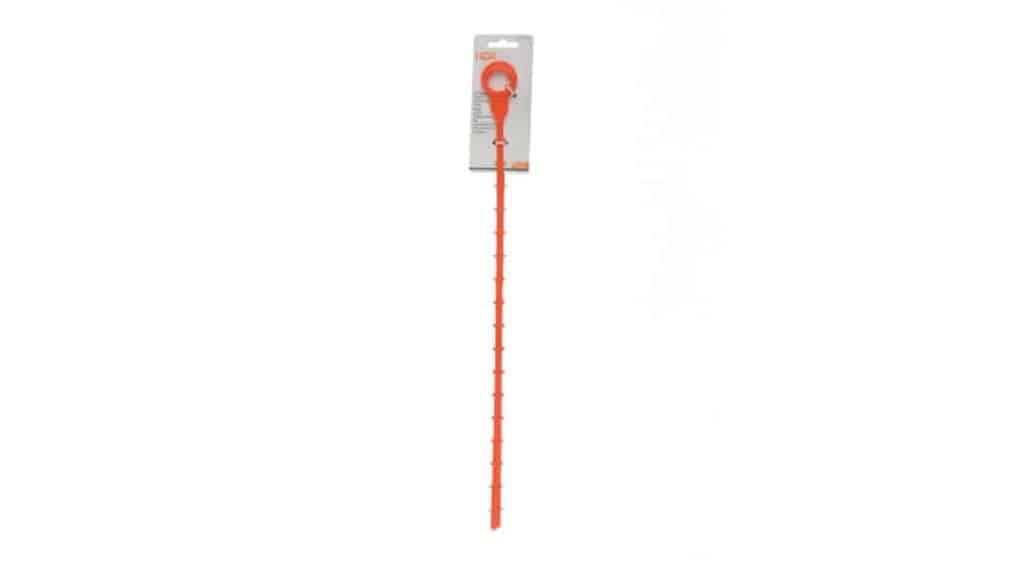
Credit: Home Depot
To use a drain cleaning tool, insert it into the drain and with a firm grasp on the handle, work the tool in an up-and-down motion for several seconds. Alternate with a twisting motion with your wrist to try to clean the edges of the drain. Wipe off any gunk with a paper towel.
Tip: To prevent hair from clogging up the shower drain, use a hair trap or a drain screen.
Plunger power for large chunks of food or debris
A plunger works best for a kitchen sink, if you feel like you might have accidentally washed large chunks of food down, say pasta, for example. A plunger won’t help much if your drain is clogged with grease.
For best results, your sink needs a bit of water in it before using the plunger.³
You’ll need:
- A plunger
- Gloves
- An old dish towel
Tip: Don’t use a plunger if you’ve already poured chemical-based drain cleaner down the drain—this could cause the chemicals to splash onto you harming your skin or eyes.
- Ensure there’s around 3–4 inches (8–10 centimeters) of water in the sink to allow for a good seal with the plunger. (If you have a double sink, place an old rag over the unclogged drain to seal it.)
- Press the plunger down firmly over the drain and pump. Once you’ve found the right position, plunge and pull up quickly with a steady pressure for 30 seconds.
- After 30 seconds, remove the plunger with a “pop” to create extra force. Check to see if water drains down easily.
- Repeat as needed.
The best all natural drain cleaner for the kitchen sink
If you think of about it, much of the food waste that you rinse down the kitchen sink is coated in grease, fat, or oil. And you know that an effective grease-buster is dish soap, so it makes sense that liquid dish soap would be an effective all-natural drain cleaner.
So, the best all natural kitchen sink clog remover is liquid dish soap and hot water!
I’ve heard from different plumbers that Dawn liquid dish soap is the best for unclogging sinks. I was curious as to why Dawn? So I decided to investigate a bit.
It turns out that Dawn is more alkaline than many other liquid dish soaps. If you remember, the pH scale is from 0 to 14. A pH of 7 is neutral: anything below 7 is acidic, anything above it is basic (alkaline).
- Dawn Ultra Original Scent dish soap: pH of 9.0–9.2
- Sunlight Dishwashing Liquid Lemon Fresh: pH of 6.5
- Seventh Generation Purely Clean Dish Liquid & Hand Wash: pH of 7.9–8.1 (Refer to References 4, 5, and 6 for links to the Material Safety Data Sheets.)
As you can see, Dawn dish soap is much more alkaline than other commercial liquid dish soap. It’s important to remember that each number on the pH scale indicates a ten-fold change in the acidity or alkalinity of water. For example, Dawn dish soap with a pH of 9 is ten-times more alkaline than a dish soap with a pH of 8.
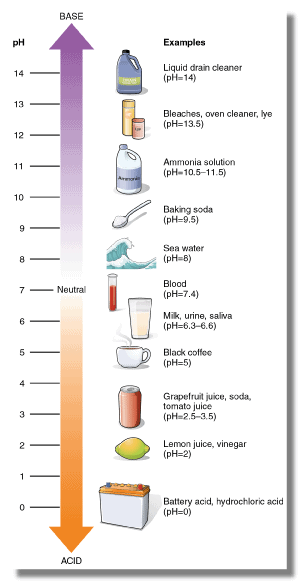
Many chemical-based drain cleaners have a pH of around 14.
So now back to how to use Dawn dish soap to unclog your greasy sink.
- Pour 1/2 cup of Dawn soap down the drain. Let it sit for 5–10 minutes.
- Pour a generous amount of hot water down to flush out any debris.
The power of cola
If you’ve heard of people dumping Coke or Pepsi down their drains, they’re not being wasteful—this is a surprisingly effective way to clear minor clogs in drains.⁸ The secret lies in phosphoric acid, a colorless and odorless syrupy liquid. It’s what gives cola its “pep” and what makes it mildly corrosive.
You can save the brand name stuff to drink (if you want!). Any generic brand will do as long as it has phosphoric acid on the list of ingredients.
Here’s how to unclog your sink with cola:
You’ll need:
- 2-liter bottle of cola
- Hot water
- Ensure the cola is at room temperature. Pour the entire 2-liter bottle of cola down the clogged drain. Let it sit for 1–2 hours (or longer for bad clogs).
- Follow up with a rinse of hot water.
- If this doesn’t do the trick, repeat as needed.
Baking soda, vinegar, and hot water
You’ll see many DIY tutorials online calling for the use of baking soda and vinegar. If you remember from science class, baking soda and vinegar when combined create a fizzing and bubbling reaction. The combination of these two ingredients may help loosen any debris stuck in the drain and create a slight pressure within the pipes.
However, there’s a right way and a wrong way to use these two household ingredients:
- Never mix baking soda and vinegar together into a container before pouring down the drain. This cancels out the effectiveness of the chemical reaction. You want the reaction to occur where it counts—in the drain, not in a cup.
- The key to using baking soda and vinegar is to follow up with a rinse of hot water.
You’ll need:
- 1 cup baking soda
- 1 cup white vinegar
- Hot water
- Pour baking soda down the drain. Follow immediately with the white vinegar. You may hear or see fizzing in the drain. Let it sit for 5–10 minutes.
- Follow by pouring a generous amount of hot water down the drain.
- Repeat as necessary.
Stubborn clogs may need a special treatment of 1 cup of baking soda and 1/2 cup of salt. Allow the mixture to sit in the drain overnight before rinsing with hot water the next morning.
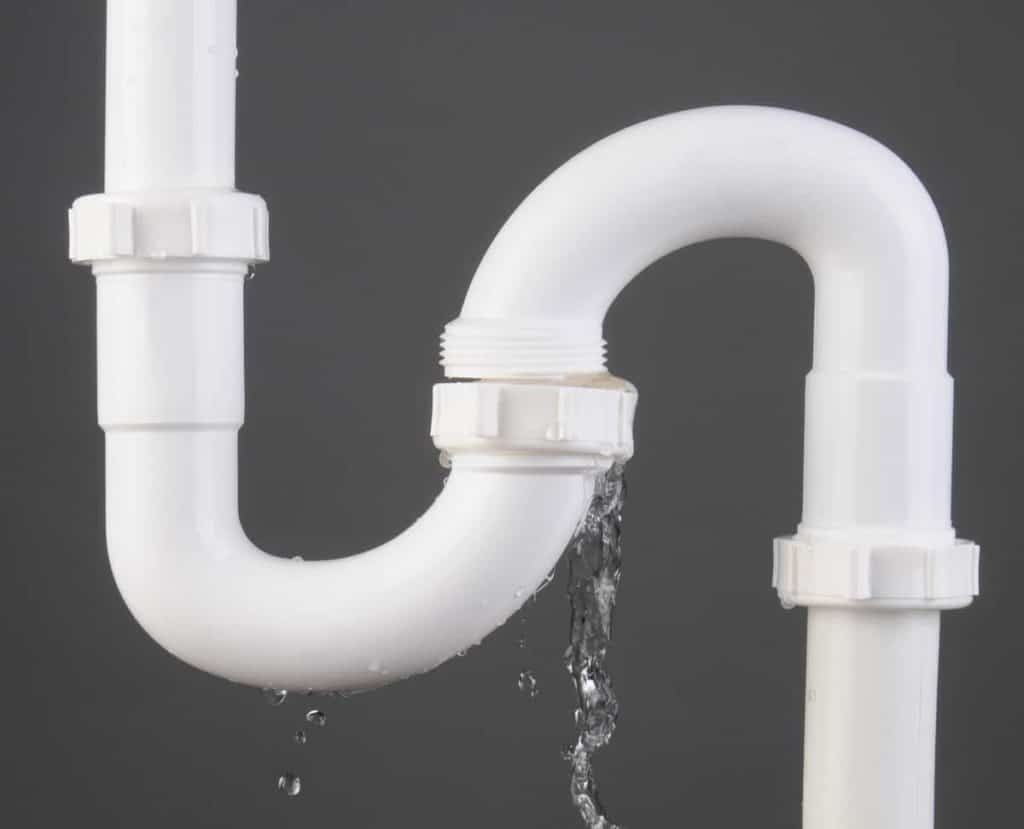
Credit: Yay Images
Clean the trap
While dish soap, cola, or baking soda and vinegar may clear away some debris, sometimes you need to simply clean the trap.
If the clog isn’t in the sink drain and hot water hasn’t cleared it, the next step is to make sure nothing’s in the trap.
Note: Your trap should have water sitting in it. Have a pail underneath waiting to catch it.
Your sink should have a P-trap or a S-trap under the drain. These traps are attached with threaded collars which you can unscrew to remove the whole trap assembly.
Use tongue and groove pliers to remove the trap and clear out debris.
Break out the snake
You’ll need this for deep clogs past the trap. Once you’ve removed the trap (and cleaned it out!) you’re all set to break out the snake. There are different sizes available. You’ll want to go easy on the snake to avoid damaging any pipes.
The takeaway
Clogs in pipes are a major headache for homeowners, but they’re often avoidable and easy-to-fix with the right materials. There are many all natural drain cleaners you make at home as well as plumbing tools to remove clogs—all without the use of harsh chemical cleaners. If you’ve tried out all of the above and still can’t clear the drain, it’s time to call up a plumber!
Related questions
What’s the thick black gunk forming in my drain?
If you see thick black gunk developing in your drain, it’s a sign of a possible sewage blockage. While you can try to clear any clogs by using a variety of homemade solutions, the black gunk will keep coming back. You’ll likely need to call a plumber to investigate the problem.
What dissolves hair in a drain?
If a hair clog is the problem, the best way to deal with it is to physically remove the hair. There are few effective (or safe) things that can actually dissolve hair. While you may be tempted to dump a bunch of chemical drain cleaner down the sink or tub, don’t do it. These chemicals can be toxic and are harmful to pipes.
First try a clog removing tool (which is long piece of toothed plastic) to remove any hair from the drain to the trap. Next try cleaning the trap. And if this doesn’t work, it’s time to use a snake.
👉 If you like this post, see other Timeless Cleaning Tips You Need To Know. 🌟
Would you like more timeless tips via email?
Fun tips to help you live an independent, self-sustaining lifestyle. Opt-out at any time.


References:
- United States Environmental Protection Agency (EPA), Identifying Greener Cleaning Products, https://www.epa.gov/greenerproducts/identifying-greener-cleaning-products. Accessed May 2021.
- Gilmore Home Services, How to Unclog Your Pipes the Right Way & Care for Your Home Plumbing, https://gilmoreair.com/2018/01/unclog-pipes-right-way-care-home-plumbing/. Accessed May 2021.
- Family Handyman, How to Unclog a Kitchen Sink, https://www.familyhandyman.com/project/how-to-clear-clogged-sink-drains/. Accessed May 2021.
- P & G, MSDS, Dawn Ultra Dishwashing Liquid, Original Scent, http://sds.chemtel.net/webclients/cheneybrothers/540011SDS.pdf. Accessed May 2021.
- Wesclean, Sunlight Dishwashing Liquid Lemon Fresh, Safety Data Sheet, https://wesclean.com/catelog/MSDS/319019.pdf. Accessed November 2023.
- Seventh Generation, MSDS, Purely Clean Dish Liquid & Hand Wash, https://www.seventhgeneration.com/sites/default/files/2020-01/sds-fm000066-00-3-purely-clean-dish-liquid-en-2018-05-11.pdf. Accessed May 2021.
- United States Geological Survey (USGS), pH Scale, https://www.usgs.gov/media/images/ph-scale-0. Accessed May 2021.
- Mr. Rooter Plumbing, Can You Really Unclog a Drain with Cola? https://www.mrrooter.com/about/blog/2018/july/can-you-really-unclog-a-drain-with-cola-/. Accessed May 2021.

Author: Josh Tesolin
Josh is co-founder of RusticWise. When he’s not tinkering in the garden, or fixing something around the house, you can find him working on a vast array of random side projects.

